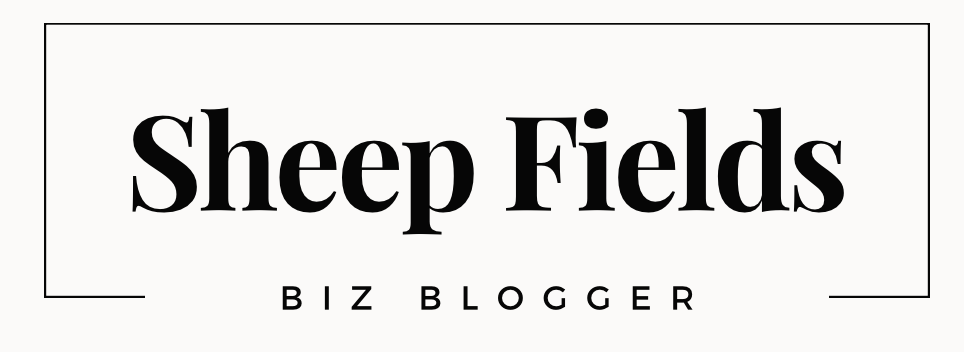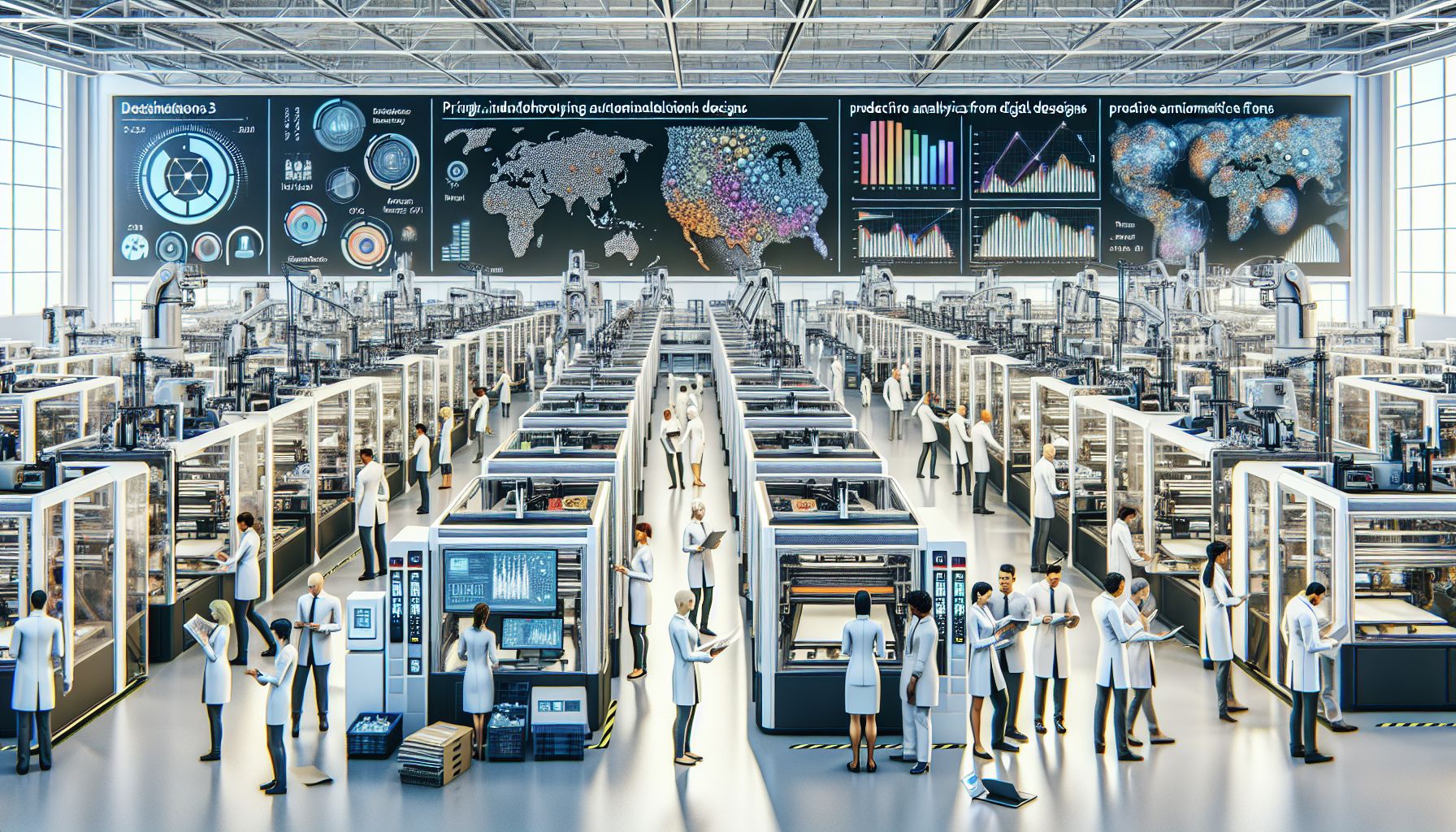In the ever-evolving world of technology, the printing industry has seen its fair share of changes and advancements. From the rise of digital printing to the increasing demand for sustainable practices, the printing industry is constantly adapting to meet the needs and expectations of its consumers. In this blog post, we will explore some of the key trends shaping the future of the printing industry.
Introduction
The printing industry has come a long way since the days of the printing press. With advancements in technology and changing consumer preferences, the industry has had to continuously evolve to stay relevant. Today, the printing industry encompasses a wide range of products and services, from traditional offset printing to digital and 3D printing.
As we look to the future, there are several key trends that are shaping the printing industry. These trends are not only influencing the way products are printed, but also how they are designed, produced, and distributed. By understanding these trends, businesses in the printing industry can stay ahead of the curve and continue to meet the needs of their customers.
Digital Printing
One of the most significant trends in the printing industry is the rise of digital printing. Digital printing offers several advantages over traditional offset printing, including faster turnaround times, lower costs, and the ability to produce small print runs. As a result, many businesses are turning to digital printing for their marketing materials, packaging, and other printed products.
Digital printing also allows for greater customization and personalization, making it easier for businesses to target specific demographics and create unique marketing materials. With advancements in digital printing technology, businesses can now print high-quality materials with vibrant colors and intricate designs.
Sustainable Practices
Another key trend in the printing industry is the growing demand for sustainable practices. As consumers become more environmentally conscious, businesses are under increasing pressure to reduce their carbon footprint and adopt eco-friendly printing methods. This includes using recycled paper, soy-based inks, and energy-efficient printing equipment.
In addition to reducing their impact on the environment, businesses that embrace sustainable practices can also attract environmentally conscious consumers who are willing to pay a premium for eco-friendly products. By investing in sustainable printing practices, businesses can not only reduce their environmental impact but also improve their bottom line.
3D Printing
3D printing is another trend that is revolutionizing the printing industry. With 3D printing, businesses can create complex three-dimensional objects in a matter of hours, eliminating the need for traditional manufacturing processes. 3D printing offers several advantages, including reduced lead times, lower production costs, and the ability to create custom products on demand.
While 3D printing is still in its infancy, its potential applications are vast. From prototyping and product development to custom manufacturing and healthcare, 3D printing has the potential to disrupt traditional manufacturing processes and revolutionize the way products are made.
Conclusion
The printing industry is constantly evolving, driven by advancements in technology and changing consumer preferences. From digital printing to sustainable practices to 3D printing, there are several key trends shaping the future of the printing industry. By staying ahead of these trends and embracing new technologies, businesses in the printing industry can continue to thrive and meet the needs of their customers.
As we look to the future, it’s clear that the printing industry will continue to innovate and adapt to the changing landscape. By embracing these trends and investing in new technologies, businesses in the printing industry can position themselves for success in the years to come.

